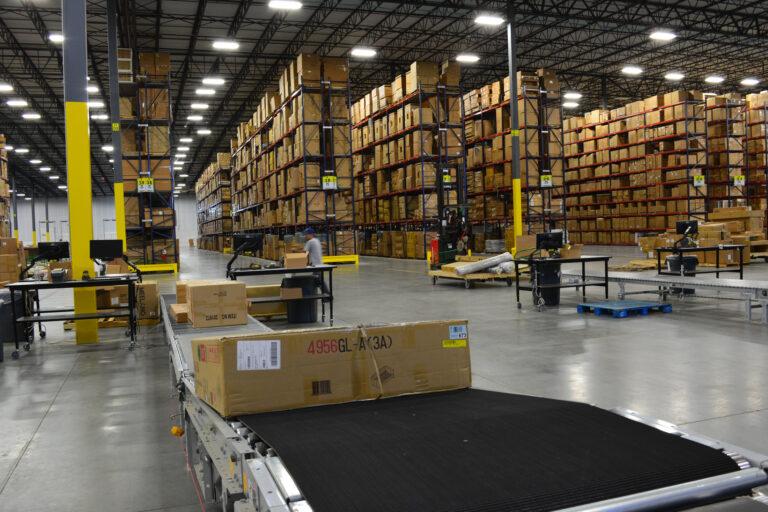Staffing Industry Analysts’ 2019 Predictions: Change Is Coming
What it means for both employers and job seekers
Last month Staffing Industry Analysts (SIA) published its predictions for what’s ahead in staffing this year (you can access the report if you’re an SIA member here, or non-members can read a summary here). Each of the eight predictions are important to the industry at large, and are worth learning more about in the report. But today on the BelFlex blog, we’re zeroing in on the three that our local job seekers and employers are most affected by every day.
1. Automation
No, automation will not take away the jobs available for U.S. workers. What it will do, however, is potentially change the skills needed by workers, particularly in the light industrial industry. With the talent shortage hitting manufacturers hard, automating certain processes or using tech to aid in the productivity of the workers you do have is gaining favor among businesses.
What it means for employers: Smart businesses are already thinking ahead and upskilling their employees to work in more technology-driven environments. Having training programs in place for both employees and contractors will help get them to a higher productivity level more quickly. (Check out another BelFlex blog post about the need to upskill workers.)
What it means for job seekers: Think ahead and get yourself tech-ready. Learn the latest software and programs in trade schools or training programs. Any extra skills or certifications will help you to stand out to employers in the coming years ahead.
2. Skills shortages
Businesses need qualified talent, and in most cities and towns they are hard to come by. SIA predicts that this really won’t change. In fact, SIA’s surveys regularly show that staffing firms say this is the biggest barrier to growth today—and it will still be the biggest barrier in 10 years.
What it means for employers: Having a strong employer brand should be a top priority, in order to attract the job seekers that are available. And, if you want to keep those workers from leaving for greener pastures, making onboarding, training, development and recognition important as well. The employee and contractor experience shouldn’t be left to chance in a tight labor market.
What it means for job seekers: The pendulum will remain in the job seeker’s favor for the foreseeable future. That said, it’s a great time to push for more development opportunities and go for bigger roles and positions. When talent is scarce, more companies are willing to give you a chance.
3. Gig economy
Just a few short years ago, most people had never heard of the phrase “gig economy,” much less participate in it. That has changed drastically. It’s not just about Uber drivers anymore—there is short-term, gig work (and workers) available across almost all industries and geographies (though less opportunity in rural areas).
What it means for employers: Many of the same individuals available through a staffing firm are also moonlighting on just-in-time staffing platforms. While they can help you find general labor in a pinch, it often comes at a high price. The most effective and economical way to ensure your positions are filled is to be as proactive as possible.
What it means for job seekers: For individuals who have unpredictable schedules or need to pick up work here and there, the gig economy is a tremendous opportunity to earn some money. It can also be a good way to expose yourself to new industries and companies. For those workers who are looking for steady, part-time or full-time work, staffing firms have access to far more opportunities and offer more support during the process than gig platforms.
What does all this mean? In a word: change. How businesses operate, the skills in demand and the way people work are all evolving. The employers and job seekers who put in the time now to be future-ready will be the ones on top.







